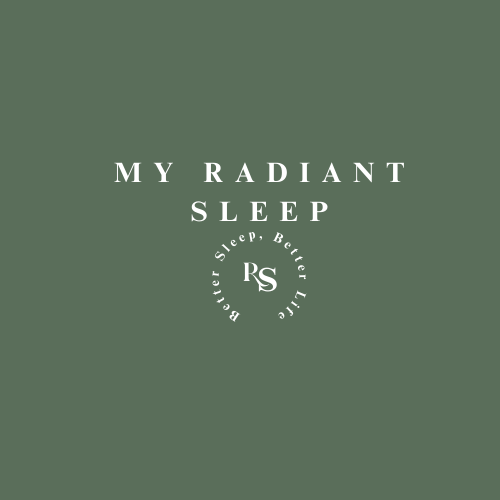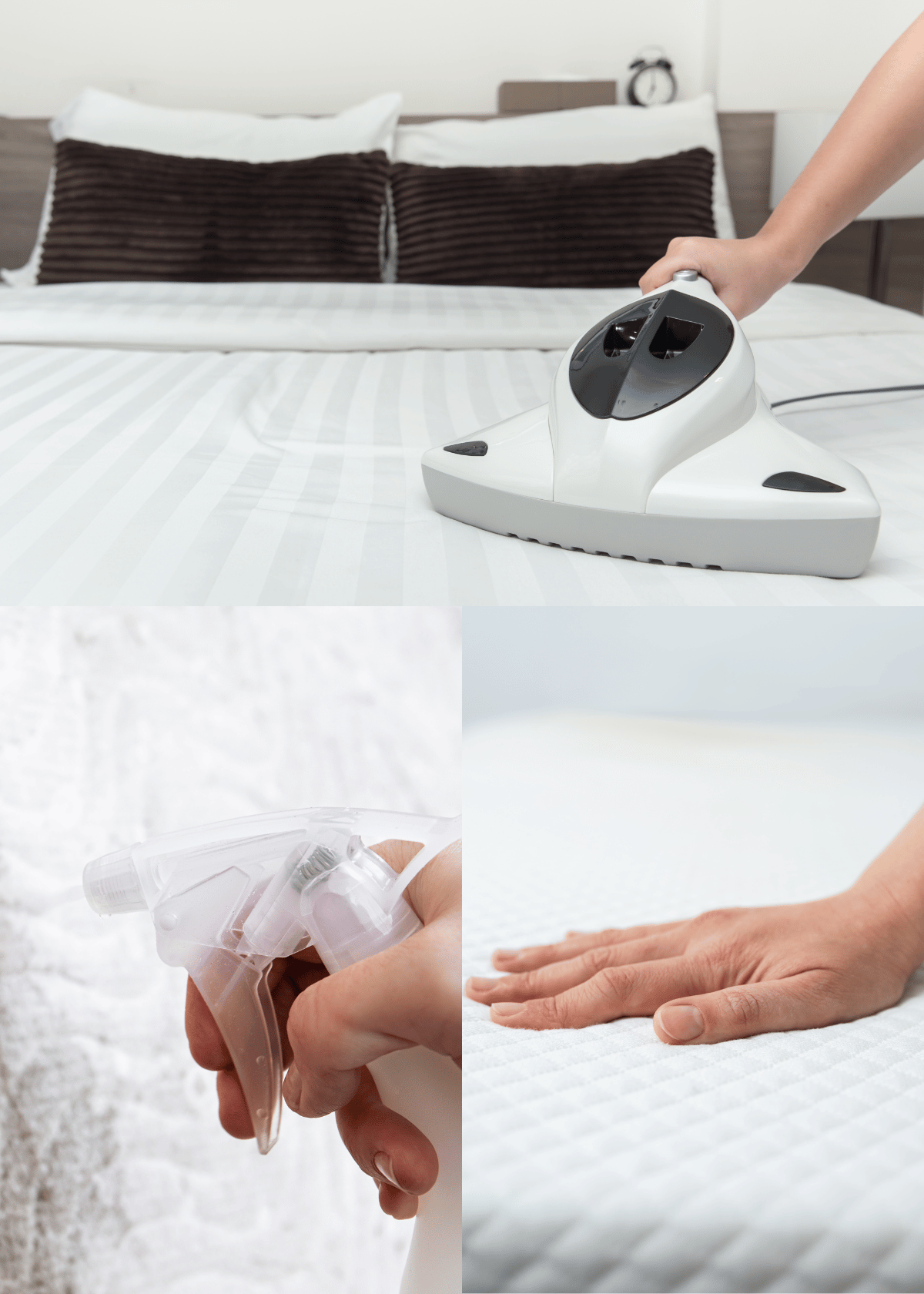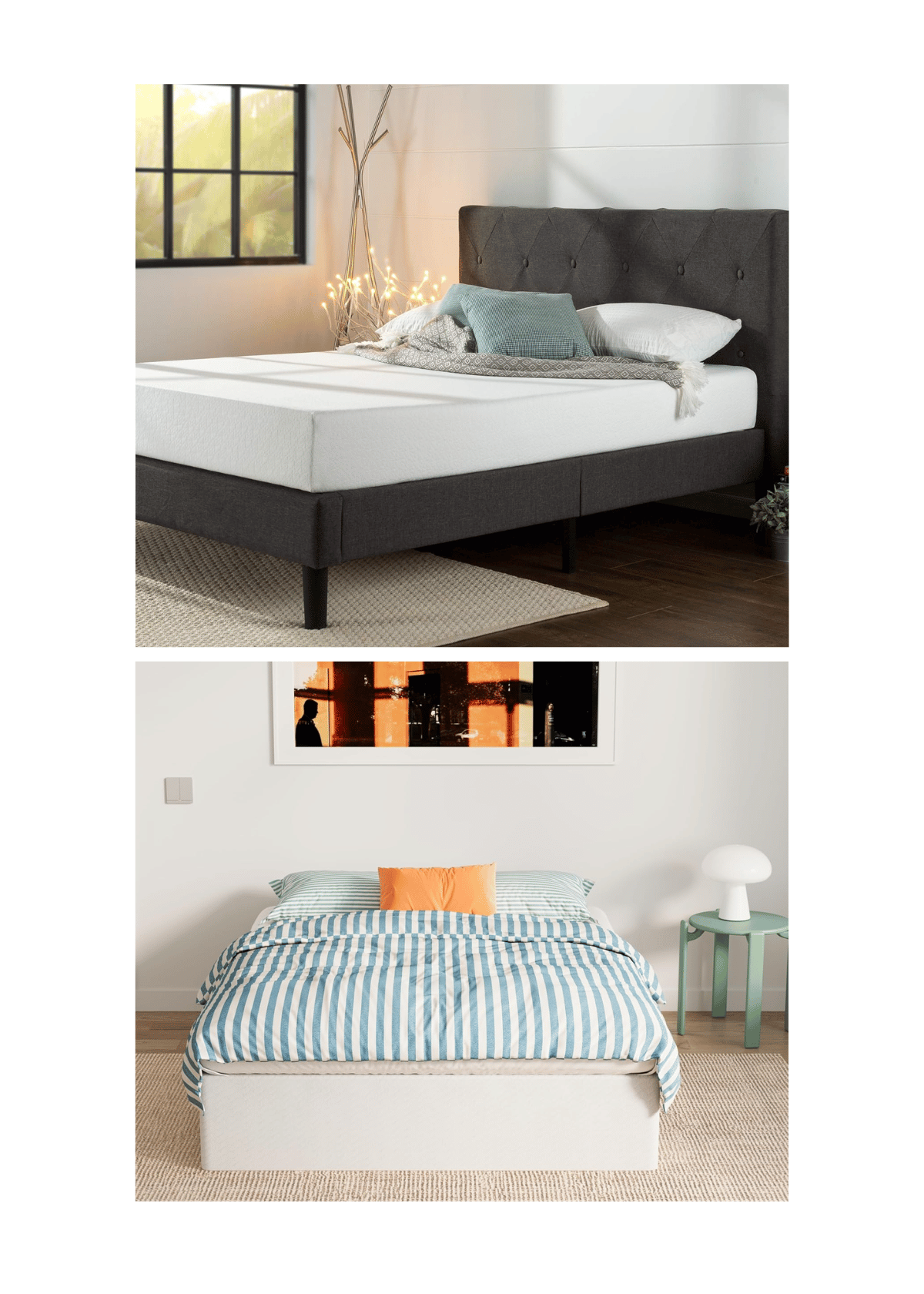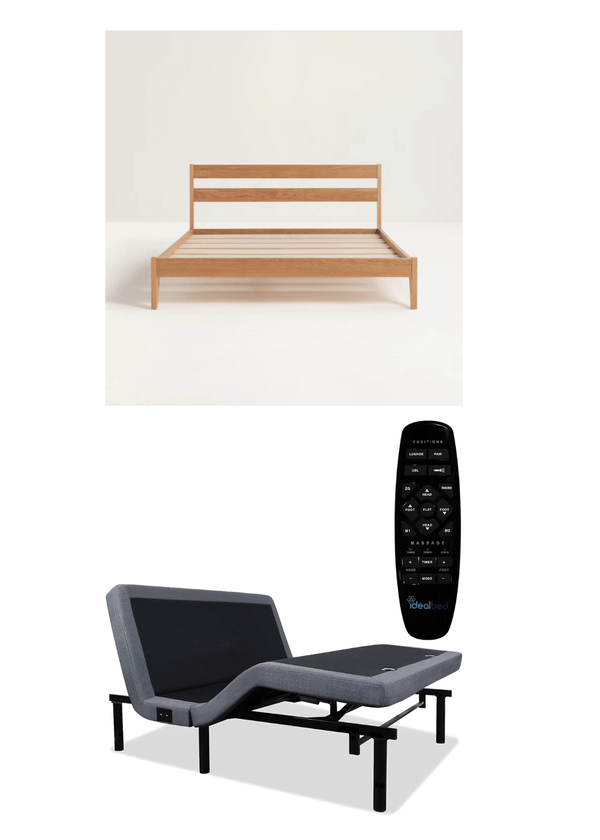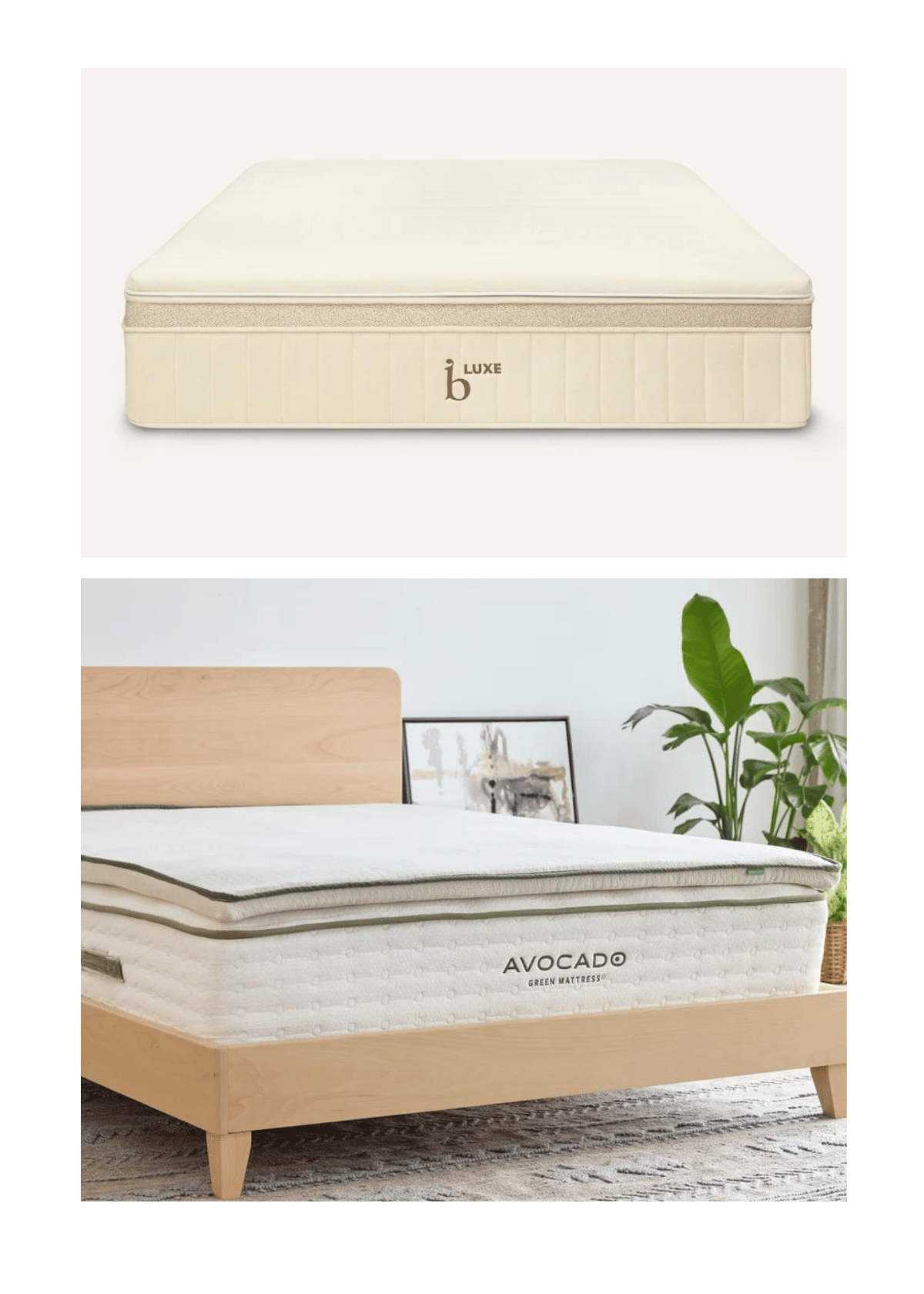(Last Update: 11/10/2024)
This content is created with integrity and impartiality; we do not receive direct compensation for this review. See our Mission and Core Values here.
A good night's sleep is essential for our physical and mental well-being, and the key to achieving it lies in the mattress, which is the foundation of our rest.
Investing in a quality new mattress is just the beginning; proper mattress maintenance and care, using the best expert solutions and tips, are crucial to prolonging its lifespan and ensuring a comfortable and healthy rest environment.
This guide explores the best expert solutions and tips for 2024. You'll learn about essential mattress care, cleaning techniques, caring for different bed types, bedding maintenance, and strategies to prevent and deal with bed bugs.
Let's dive in and unlock the secrets to blissful sleep!
What the Experts Are Saying About Mattress Care & Maintenance
Dr. Michael Breus
Dr. Breus is a sleep specialist and author of The Sleep Doctor's Guide to Better Sleep. He believes mattress upkeep is important for a better night's sleep and recommends flipping and rotating mattresses every three to six months.
This will help to evenly distribute wear and tear and prolong the life of your mattress. He also recommends using a mattress protector to protect your bed from spills, stains, and dust mites. For Dr. Michael Breus, "A good mattress is essential for good sleep.
It should be supportive, comfortable, and free of allergens. Flipping and rotating your mattress regularly will help to prolong its life." (The Sleep Doctor's Guide to Better Sleep, 123).
Kristen Dean
Kristen Dean is a certified sleep science coach and founder of SleepFix. She believes that a clean and comfortable mattress is essential for good sleep. She recommends vacuuming your bed every few months to remove dust mites and other allergens.
She also recommends using a mattress protector to protect your mattress from spills, stains, and dust mites. Kristen Dean states, "A clean and comfortable bed is essential for good sleep.
Tracey Warfield
Tracey Warfield is a certified sleep science coach and founder of Sleep Sherpa. She believes mattress upkeep is important for maintaining a healthy sleep environment. She recommends using a mattress protector to protect your mattress from spills, stains, and dust mites.
She also recommends regularly flipping and rotating your mattress to distribute wear and tear evenly. In the views of Tracey Warfield: "Mattress care is an important part of maintaining a healthy rest environment.
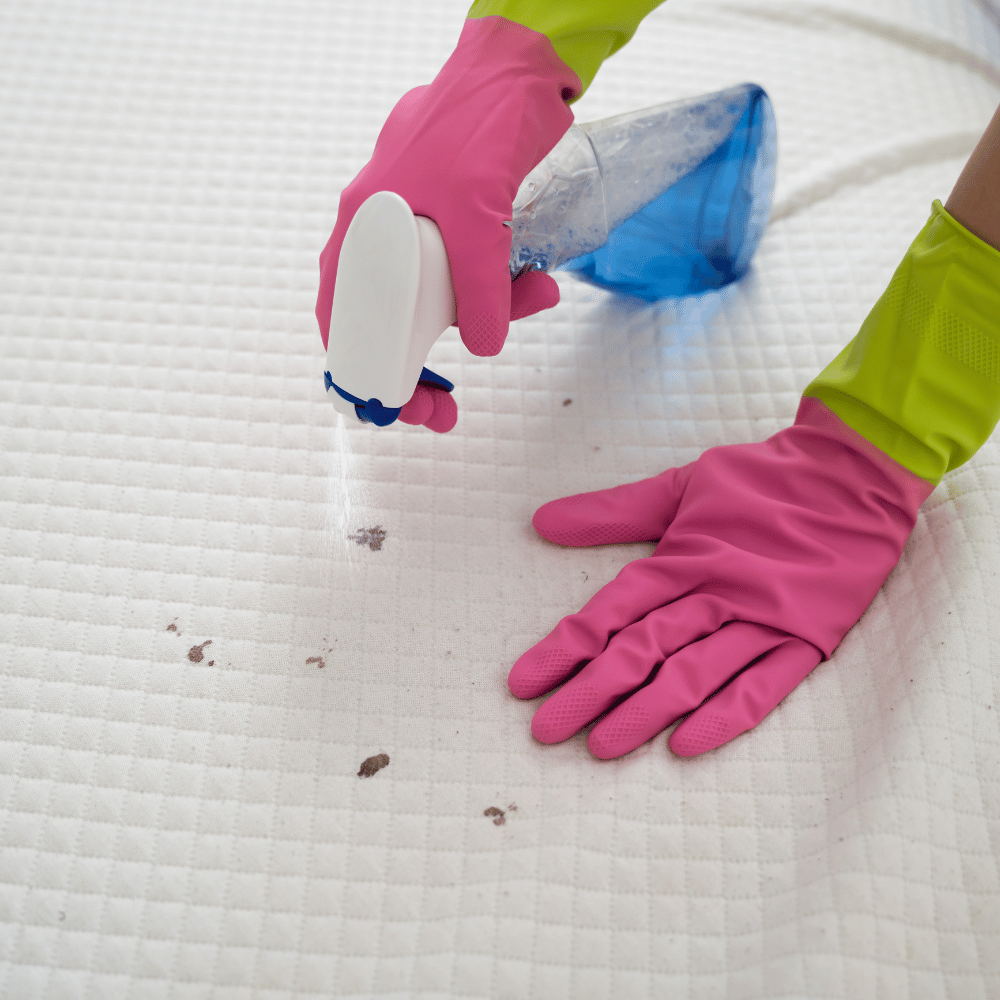
Essential Mattress Maintenance Tips
- Proper bed upkeep and following a routine schedule extend the life of your investment and protect it against unnecessary damage.
- A clean mattress helps eliminate allergens such as bed mites, pet dander, sweat, and drool and sheds dead skin cells, flakes, hair, and skin oil.
- By preserving the cleanliness and integrity of your bedding surface, you create a healthier and more comfortable environment for a restful night's sleep.
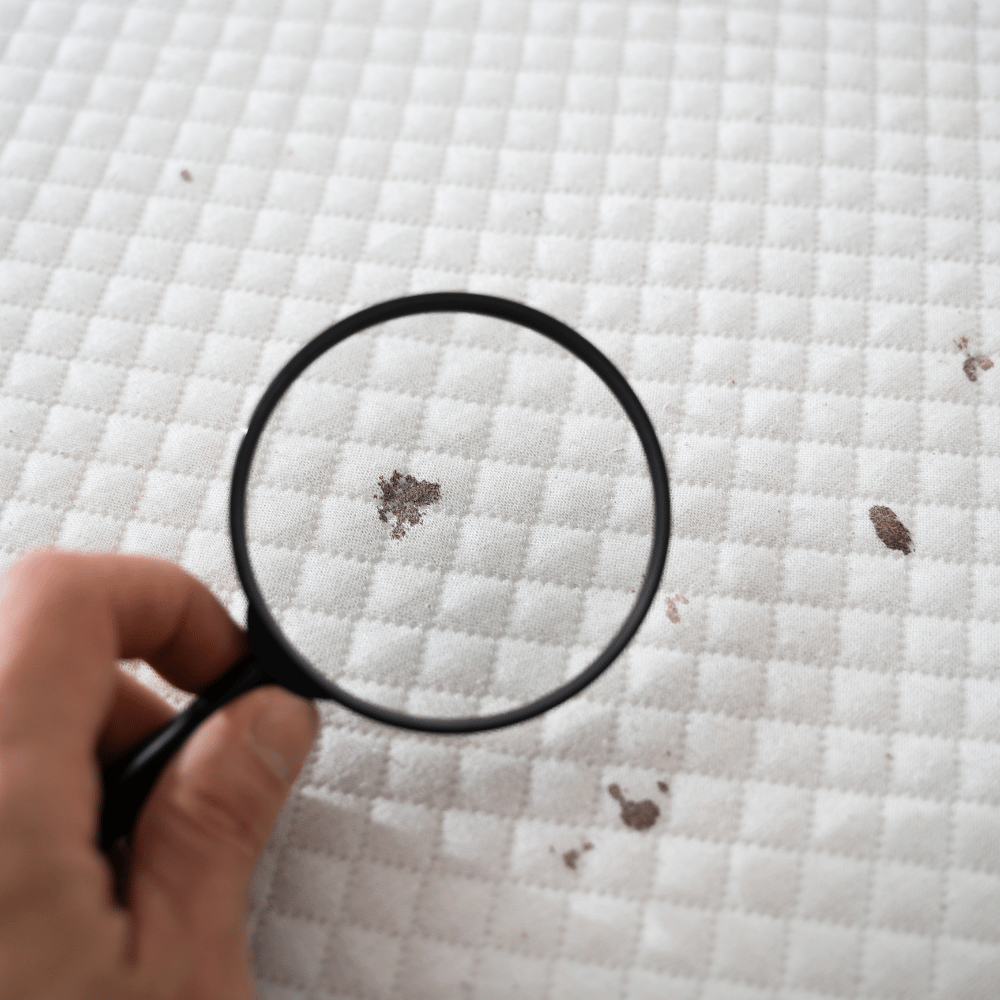
Rotating and Flipping Your Mattress
- Rotating your mattress is vital to facilitate even wear and prevent depressions and premature softening. It is recommended to rotate your mattress every two to six months.
- Please look at the instructions from the mattress manufacturer regarding rotation and flipping for flippable mattresses.
- Regular rotation ensures a consistently comfortable sleep surface and increases the lifespan of your bed, regardless of the type of mattress.
Proper Mattress Support
Adequate mattress support is indispensable for maintaining the soundness of materials and preventing premature wear. Beds with frames should be constructed to provide adequate support for the weight of the individuals sleeping in them, and queen and king beds should possess a center support bar.
Using a Mattress Protector
- Utilizing a mattress protector offers numerous advantages, such as waterproof protection against spills and accidents, reduction of dust, debris, and dirt that might otherwise enter the bed, protection of the materials inside the protectors from harm, and prevention of skin oils and sweat from coming into contact with the protector's bed.
- It should also be highly durable. Tightly woven covers and mattress encasements can prevent dead skin, flakes, dust, bed mites, and liquid droplets from penetrating the pores of your sheets and mattress fabric.
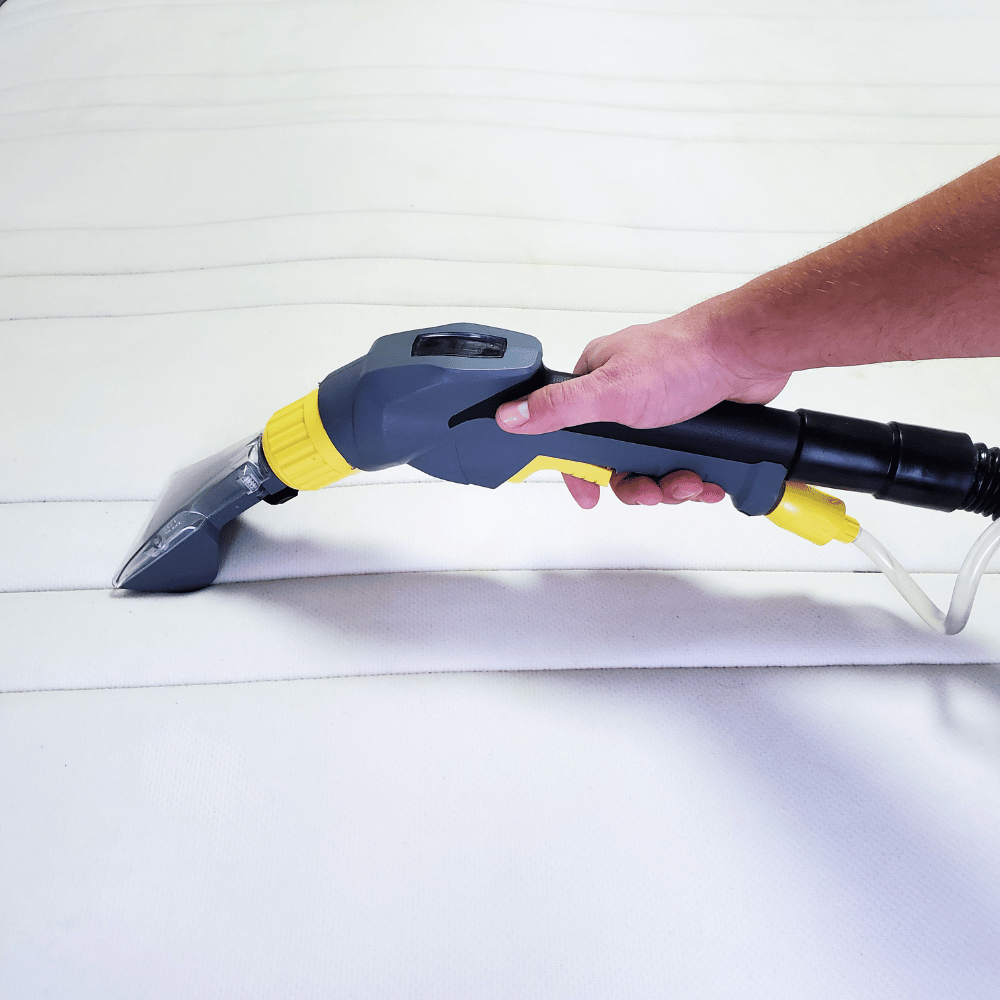
Cleaning Techniques for a Fresh Mattress
- Thoroughly cleaning your mattress every six months using an upholstery attachment on your vacuum cleaner can help maintain a fresh and clean bedding surface.
- However, accidents and spills are bound to happen, and when they do, knowing how to clean your mattress effectively is crucial.
- Different types of stains require different cleaning techniques, and using the right method can help preserve the quality and longevity of your bed.
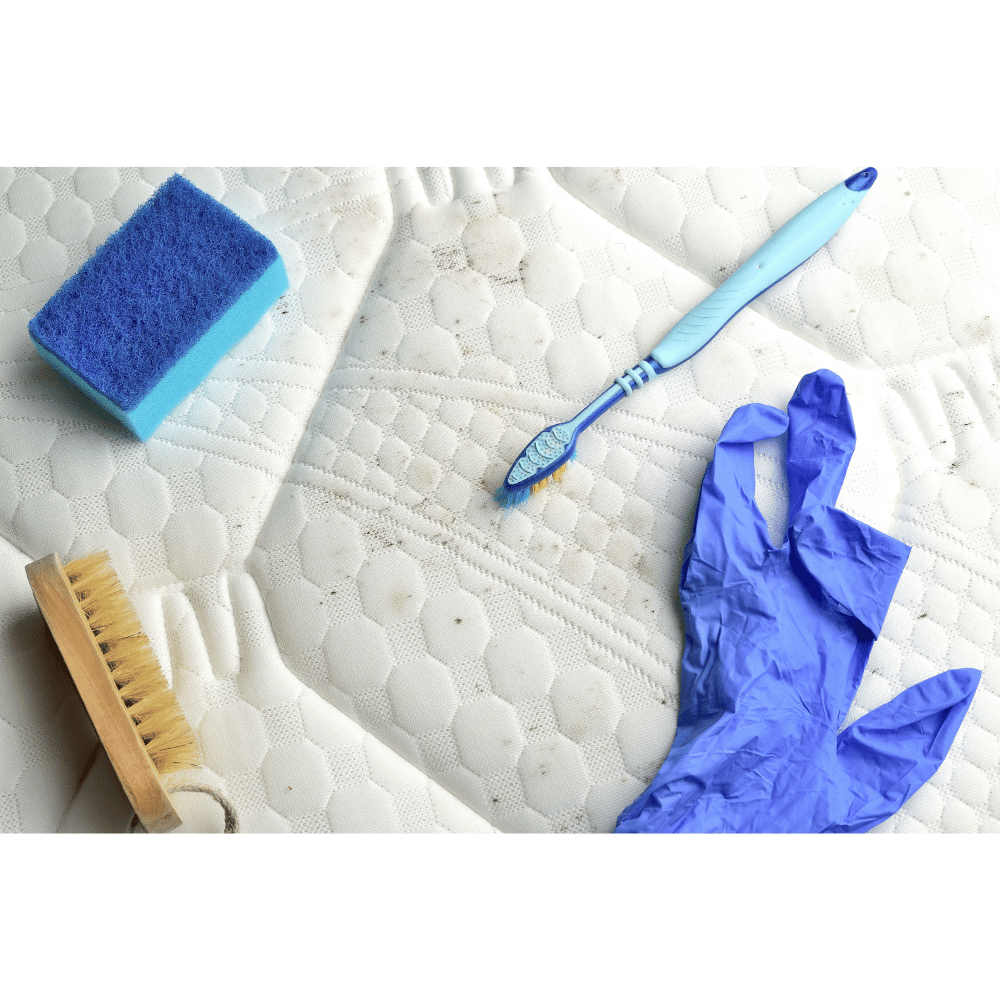
Vacuuming the Entire Mattress
Vacuuming your mattress helps eliminate the accumulation of dust, dirt, and other debris, reduces allergens, and maintains the condition of your bed. It is suggested that you vacuum your mattress every three to six months or more frequently if someone in the household has allergies.
When vacuuming, use a soft brush attachment to prevent damage to the mattress. To vacuum your mattress properly, begin by removing any bedding and pillows.
Spot Cleaning Stains
- Accidents and spills can lead to unsightly stains on your mattress, but knowing how to spot and clean effectively, these stains can preserve the quality and appearance of your mattress.
- For general stains, a water and dish soap cleaning solution can gently dab the stain with a clean white cloth, working from the outside edge towards the center to prevent it from spreading.
- A baking soda, salt, and water paste can be used for more stubborn stains caused by bodily fluids such as blood or sweat.
- To maintain and care for a box spring, regularly vacuum, rotate, check for damage, and avoid spills.
Deodorizing with Baking Soda
- Deodorizing your mattress helps maintain a fresh and clean sleep environment and eliminates any lingering odors from spills or accidents.
- Spills should be blotted quickly to prevent liquids from seeping into the mattress fibers. Indeed, a mattress encasement provides an extra layer of protection against spills and stains.
- Baking soda is an effective and natural deodorizer that can freshen your mattress. To deodorize your bed, sprinkle baking soda over the entire surface and let it sit for at least 30 minutes, ideally for several hours or overnight.
Memory Foam Mattress Cleaning
Memory foam mattresses are revered for their pressure-relieving properties and body-conforming support.
- To maintain a foam mattress, it's essential to rotate it every few months, use a mattress protector, and vacuum it regularly.
- A vinegar mixture and warm water can remove stains, provided the bed is properly air-dried afterward.
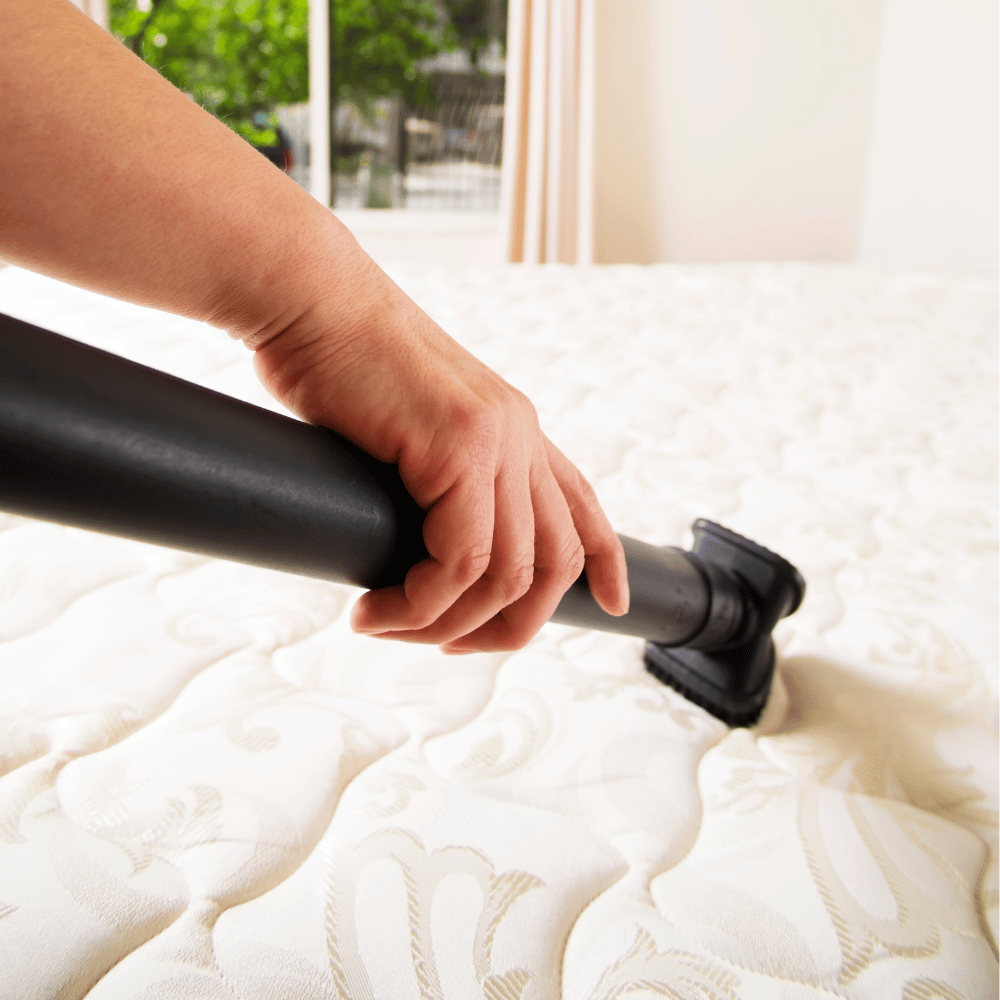
Innerspring Mattress Cleaning
- Innerspring mattresses typically offer strong support, good airflow, and bounce, making them ideal for back sleepers.
- Proper care for an innerspring mattress involves regular rotation and flipping every three to six months to ensure even wear and tear.
- A mattress protector protects your mattress from dirt, dust, and debris. Spot cleaning is vital for tough stains.
Latex Mattress Upkeep
- Latex mattresses have gained popularity due to their natural materials, durability, and unique support and pressure relief combination.
- Properly caring for a latex mattress involves rotating it every few months, using mattress protectors, and deodorizing it with baking soda.
- To clean spot stains, use a mild detergent and warm water, taking care not to saturate the mattress.
Air Beds
To keep your air mattress healthy and make it last, regularly clean it with a mild soap solution and a damp cloth.
To remove stains, gently scrub the affected area. Dry thoroughly to prevent mold. Regular cleaning also helps prevent bugs.
Bedding Maintenance for a Healthier Sleep Environment
- Maintaining the cleanliness of your bedding is just as important as caring for your mattress.
- Clean bedding contributes to a healthier bedroom by reducing allergens such as pet dander and minimizing the accumulation of sweat, body oils, and dirt.
Washing Bed Sheets
Laundering your bed sheets at least once weekly is essential for maintaining a clean and healthy bedroom. When washing cotton sheets, use a milder detergent and avoid bleach. It is advisable to use a gentle cycle with cool or lukewarm water.
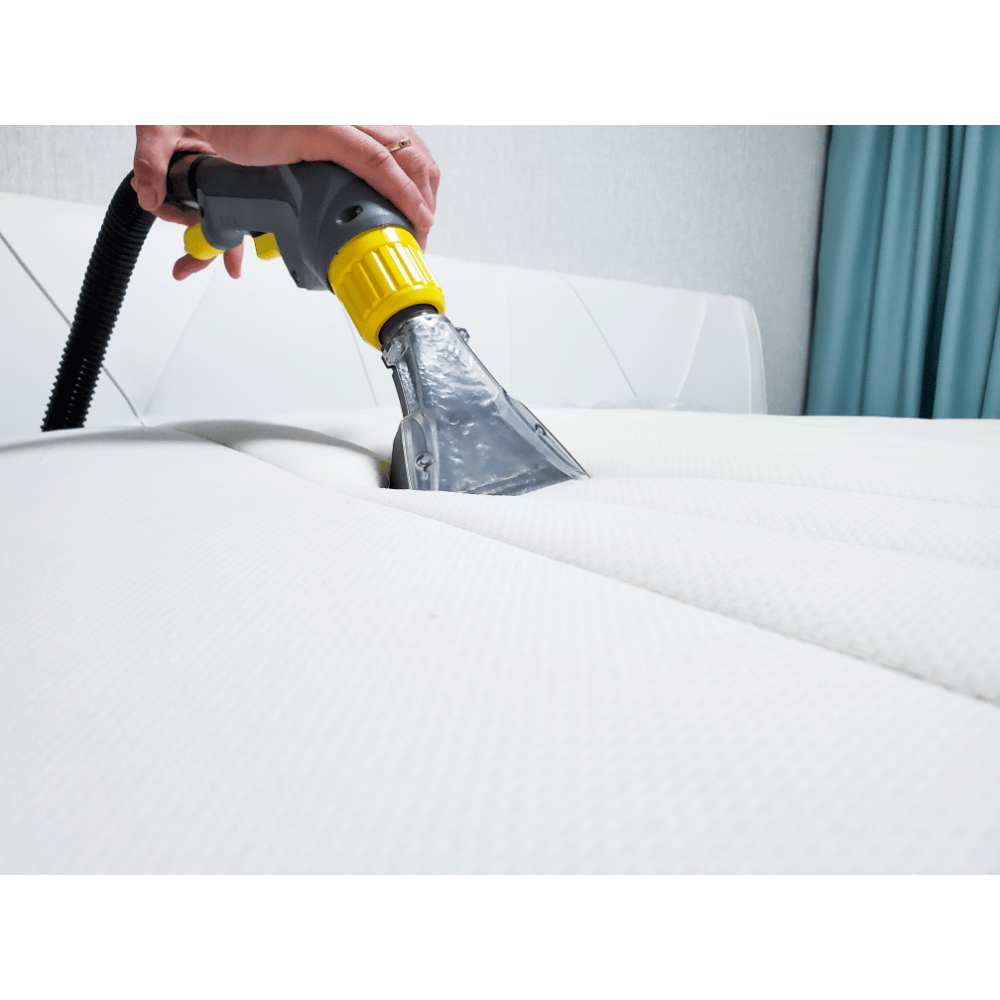
Cleaning Pillows
- Pillows are essential to a comfortable sleep setup, and keeping them clean is crucial for a healthy bedding area.
- If your pillows are machine washable, the most effective method for cleaning pillows is to use a washing machine on a gentle cycle with cool or lukewarm water and a low-suds detergent.
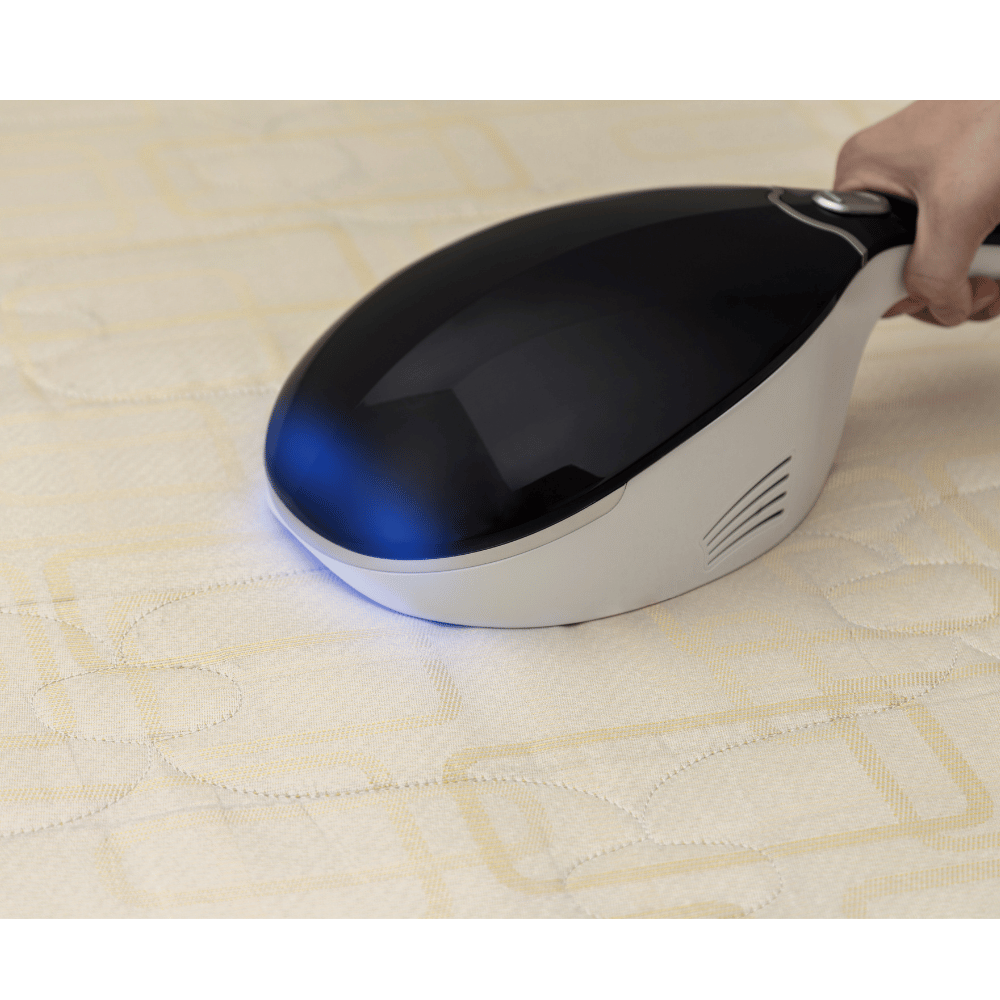
DIY Solution for Mattress Topper Care and Enhancing Mattress Lifespan
- Mattress toppers, which provide extra comfort and support, require proper care to maximize their lifespan, generally three to five years.
- Spot clean memory foam mattress toppers using a DIY solution of mild detergent, baking soda, or cold water.
- Also, extend the mattress lifespan by turning the topper and the bed once or twice annually.
- You can enjoy sustained comfort and support from your mattress topper through diligent care.
Preventing and Dealing with Bed Bugs
Bed bugs are tiny insects that can infest your mattress, causing significant damage and discomfort. Knowing how to prevent bed bug infestations and effectively manage an infested mattress is crucial for maintaining a clean and cozy rest environment.
Prevention Strategies
- Successfully preventing bugs requires a combination of measures, such as regularly washing and heat-drying bed sheets, blankets, and clothing that touches the floor, installing door sweeps, vacuuming regularly, and storing items in plastic containers or bags.
- Using a hand steamer to clean luggage and running clothes and bags through the dryer on high heat can help eliminate bed bugs and eggs.
Summary
This comprehensive guide explored the best expert solutions and tips for regular mattress maintenance and care in 2024.
From essential maintenance tips and cleaning techniques to caring for most mattresses and dealing with bed bugs, I have provided you with the knowledge and tools to maintain a clean, comfortable, healthy rest environment.
By following these guidelines and being proactive about mattress maintenance, you can prolong the life of your investment and enjoy a restful night's sleep for years to come.
Sweet dreams!
Frequently Asked Questions
What Happens if You Apply Baking Soda to Your Mattress?
Sprinkling baking soda on your mattress can help absorb excess moisture, break down acid, and remove any lingering odor. Let the baking soda sit overnight or for a few hours before vacuuming it off for best results.
Open windows in the room to let light and sunshine in as you leave it to do its job.
What are The Best Remedies for Cleaning a Mattress?
Mix hydrogen peroxide, liquid dish soap, and baking soda for the best results in cleaning sweat stains from a mattress. Spray the mixture onto stained areas, then blot or rub with a clean cloth or rag. An enzyme cleaner can also effectively break down odors and remove stains.
How Often Should You Clean Your Mattress Professionally?
Professional mattress cleaning is recommended every 6-12 months. However, the frequency may increase if you have allergies, pets, or the mattress is stained or soiled. Regular vacuuming and spot-cleaning can supplement professional cleanings for overall mattress hygiene.
What is The Recommended Lifespan of a Mattress?
The typical lifespan of a mattress is 7-10 years, but it can vary depending on the type, quality, usage, and care. Some high-quality mattresses can last up to 15 years. Replacing your mattress regularly ensures optimal sleep hygiene and comfort.
References:
Dr. Michael Breus. Good Night: The Sleep Doctor's 4-Week Program to Better Sleep and Better Health (Amazon)
Sleep First blog, "How to Clean Your Mattress.
